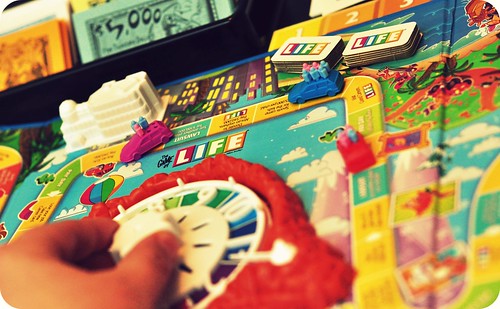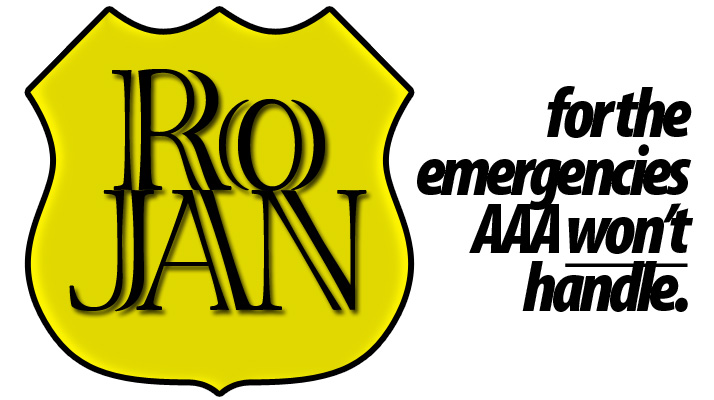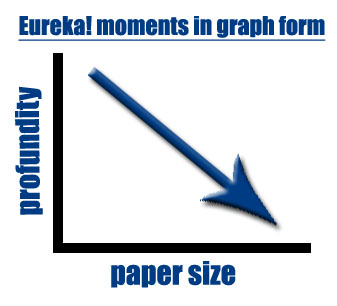It’s that time of year when everyone’s breaking out their brackets. And everyone’s got their methods. Some pick based on reputation. Some turn to the computers for advice. Some pick based on the cuteness of a school’s mascot.
I’ve got a new system this year, and I think it’s a winner:
I pick by storyline.
That’s right. Forget the percentages or the seedings. Who’s got the best story?
Because that’s what it’s been about the last few years. Look at last year’s bracket. We had four great stories in the Final Four:
1. Kemba Walker’s amazing one-man run through the tournament
2. John Calipari — the villain of college basketball — tries to win it all with a team of guns-for-hire
3. Shaka and 11th-seeded VCU shocks the world
4. Butler’s unbelievable repeat Final Four trip
We love great stories in the tournament. Jimmy V’s Wolfpack were a great story. Juan Dixon’s Terps were a great story. George Mason’s Final Four team was a great story.
This year, I’ve made it my motto: If I can’t envision the movie being made about a team’s performance in the NCAA Tournament, I won’t pick them.
So, yeah, I’m picking Missouri. They were left for dead back in the fall, defied all odds, somehow worked their way into a 2-seed, and in the Final Four, they might have to go through Kentucky — future SEC foe — and Kansas — the once-and-forever rival. I’d watch that movie about the underdog Tigers gunning for their first title.
I’m also picking Harvard. The Ivy League team that can actually play? Denzel’s already lining up for his role as Harvard coach Tommy Amaker in this one. Harvard’s been seeded in the East, and that region’s road to the Final Four runs through Boston. I’d pay to see the Spike Lee joint about Harvard, fair Harvard, suddenly playing for keeps in front of a rowdy hometown crowd[1. Spoiler alert for the film: Jeremy Lin comes back to give the team the inspirational speech before their Elite Eight game.].
Or maybe I should pick Purdue. They’ve got Robbie Hummel, a sixth-year senior. Two ACL surgeries later, he’s finally back in the Big Dance. He’s “Rudy” crossed with “Rocky” — a movie just waiting to happen.
Or what about New Mexico? They’ve got Demetrius Walker, who’s already got one hell of a story out about him in print already. Or South Dakota State, the underdog tale of a tiny school in a tiny state taking on a Monstars-sized Baylor team? Or Gonzaga, the former Cinderella who’s become a giant of college hoops?
I’m looking at my bracket, and all I see are great stories: Stories about underdogs, about dreams, about greatness.
The kind of stories that just might help me win an office pool.





 My little sister graduated from college this week. We went down to celebrate graduation with her. We filed into the school’s basketball arena on Thursday. We sat and watch the processional. An orchestra played. A Dean spoke. Hands clapped, and parents ‘Woo-Hoo!’-ed, and mostly, we just sat, unbelievably proud of my little sister.
My little sister graduated from college this week. We went down to celebrate graduation with her. We filed into the school’s basketball arena on Thursday. We sat and watch the processional. An orchestra played. A Dean spoke. Hands clapped, and parents ‘Woo-Hoo!’-ed, and mostly, we just sat, unbelievably proud of my little sister.
 Dear Fleishman-Hillard,
Dear Fleishman-Hillard,